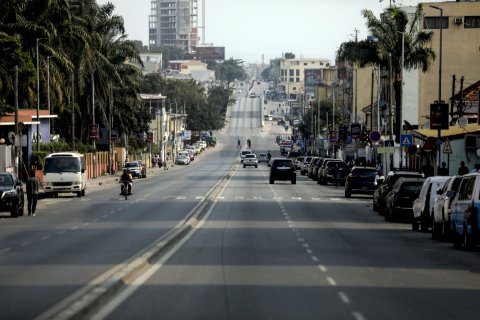Law 14/24 of 5 September on the political and administrative division, already published in the Official Gazette and consulted this Friday by Lusa, determines that the territory of Angola is made up of 21 provinces, 326 municipalities and 378 communes.
At least three new provinces emerged with the new law, namely Icolo and Bengo, which arises from the division of the province of Luanda, Cuando, which comes from the division of the province of Cuando Cubango and Moxico Leste, which arises from the division of the province of Moxico, bringing the country to 21 provinces against the current 18 and 326 municipalities, against the current 164.
The new administrative division of the country should come into force from January 2025, according to the authorities.
According to the law, the current division is out of step with the need to ensure the harmonious development of the entire national territory, by bringing services and political decision-making centres closer to citizens, as well as demographic balance between the various territorial units.
The new legal diploma, approved by parliament on 14 August with only the MPLA's favourable votes, aims to establish the new political and administrative division of the country with a view to "conforming it to the demands of demographic growth and infrastructure and promoting balance in the expansion of population clusters", it states.
According to the authorities, the new division also arises to clarify the geographical territorial limits, reduce regional asymmetries, promote the harmonious development of the territory, guarantee the quality, efficiency and effectiveness of the administrative organisation of the territory and the provision of services to the population.
The province of Luanda, with its headquarters in the municipality of Ingombota, is the country's capital.
The province of Cabinda will have its headquarters in Cabinda, Zaire, headquarters in Mbanza Congo, Uíge (headquarters in Uíge), Bengo (headquarters in Dande), Icolo and Bengo (headquarters in Catete), Cuanza Norte (headquarters in Cazengo), Cuanza Sul (headquarters in Sumbe), Malanje (headquarters in Malanje), Luanda Norte (headquarters in Dundo), Lunda Sul (headquarters in Saurimo), Moxico (headquarters in Luena), Moxico Leste (headquarters in Cazombo), Bié (headquarters in Cuito), Huambo (headquarters in Huambo), Benguela (headquarters in Benguela), Namibe (headquarters in Moçâmedes), Huíla (headquarters in Lubango), Cunene (headquarters in Cuanhama), Cubango (headquarters in Menongue) and Cuando (headquarters in Mavinga).
The increase of 162 new municipalities in Angola comes from the elevation of communes and districts to this category.
The Minister of State and Chief of Staff of the President, Adão de Almeida, previously assured that the new administrative division of Angola should come into force in 2025 and the General State Budget (OGE) for that year, which should be approved at the end of 2024, should already include funds for the 21 provinces.







